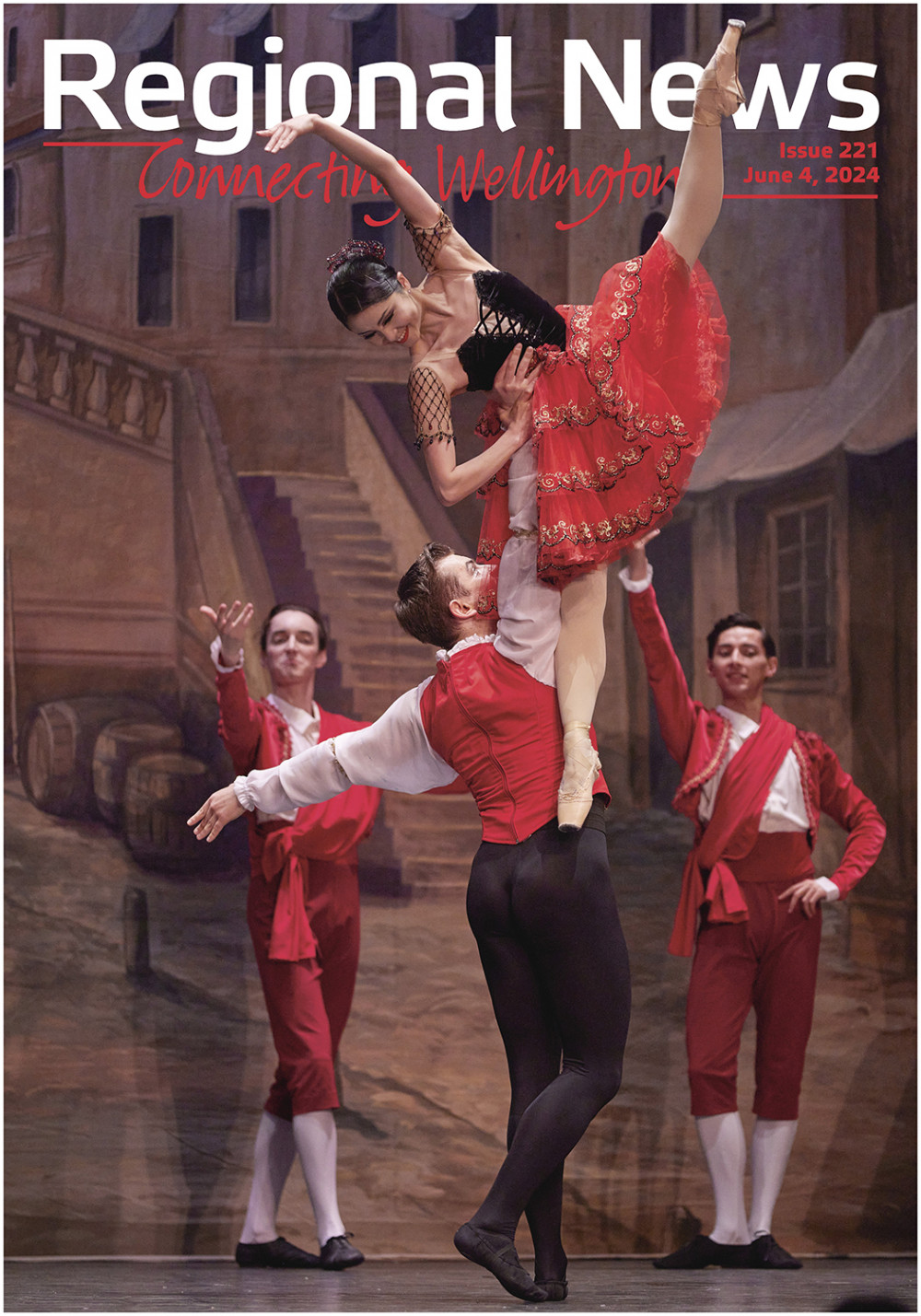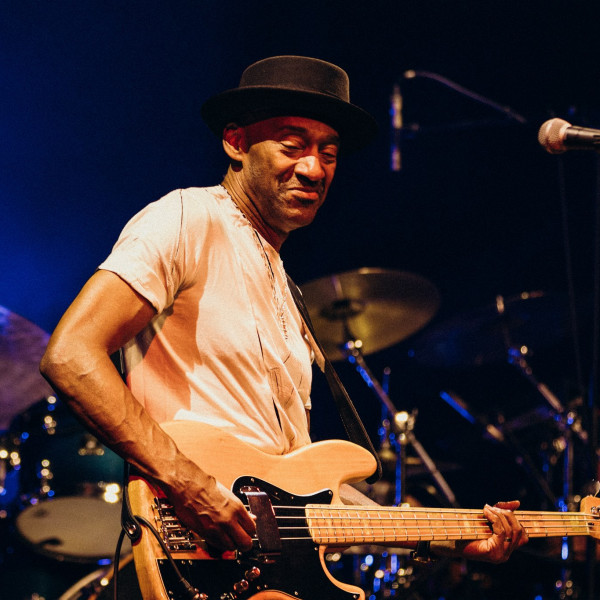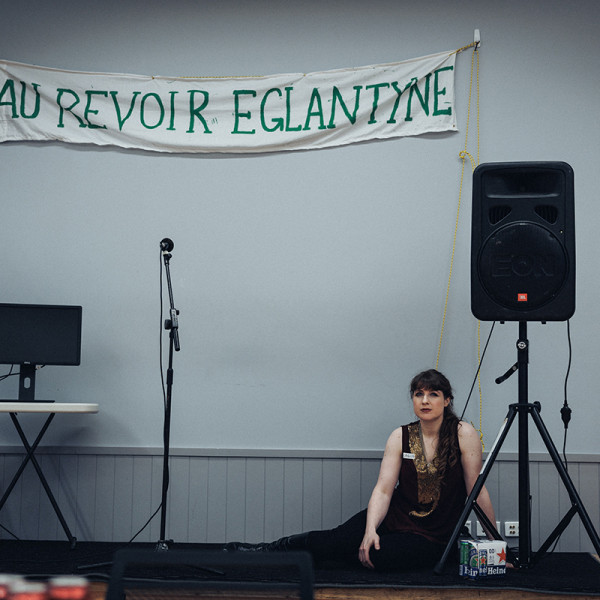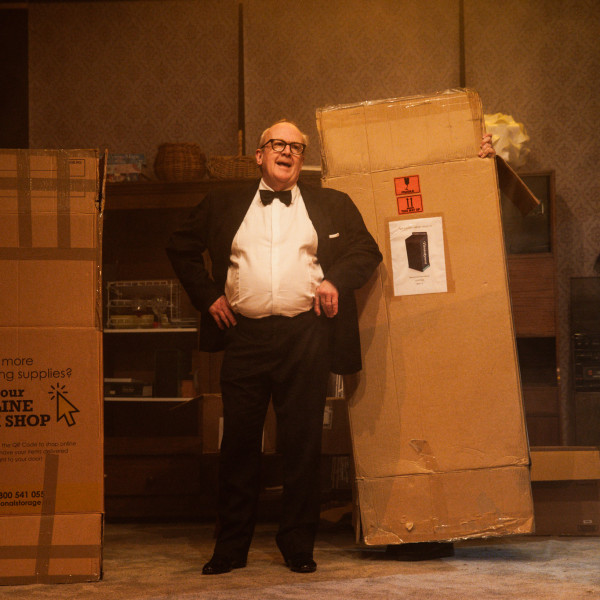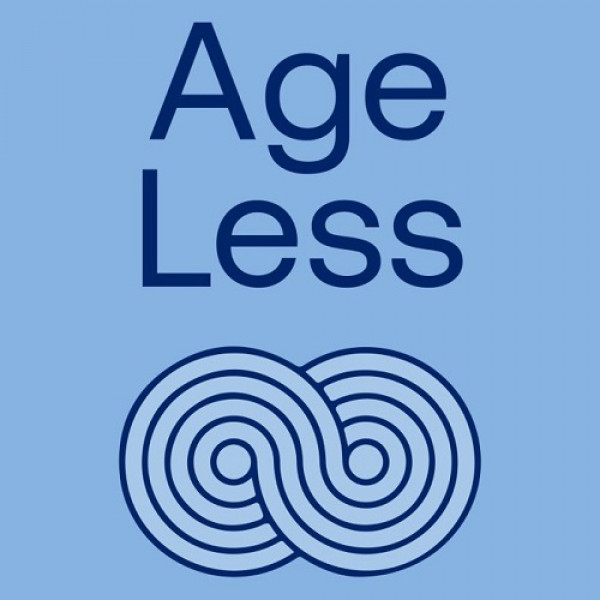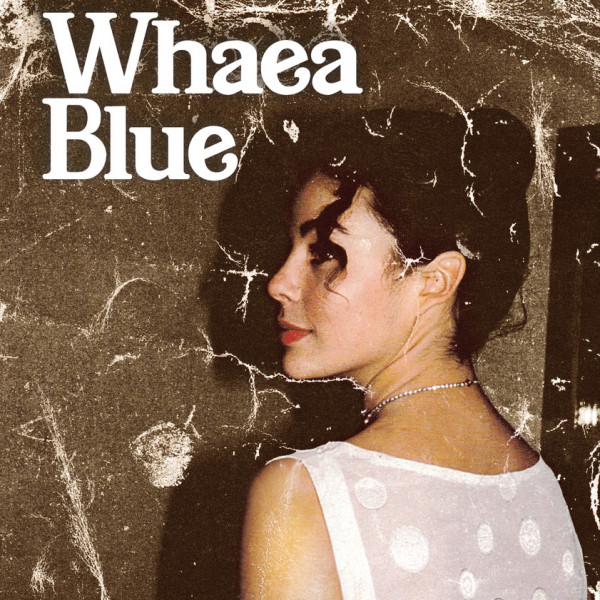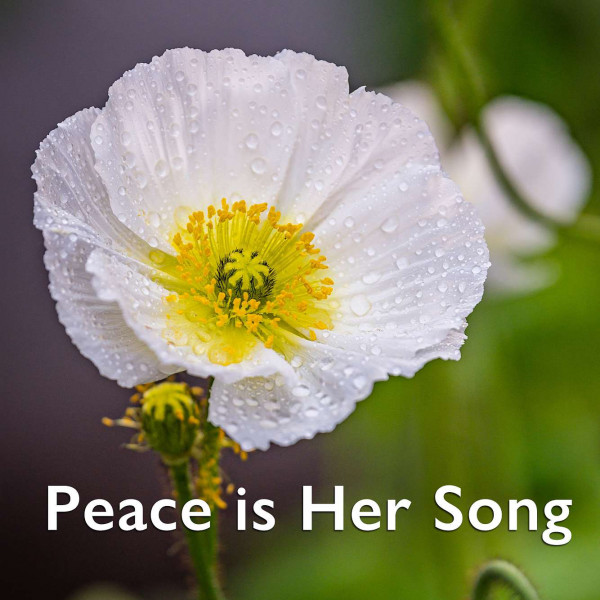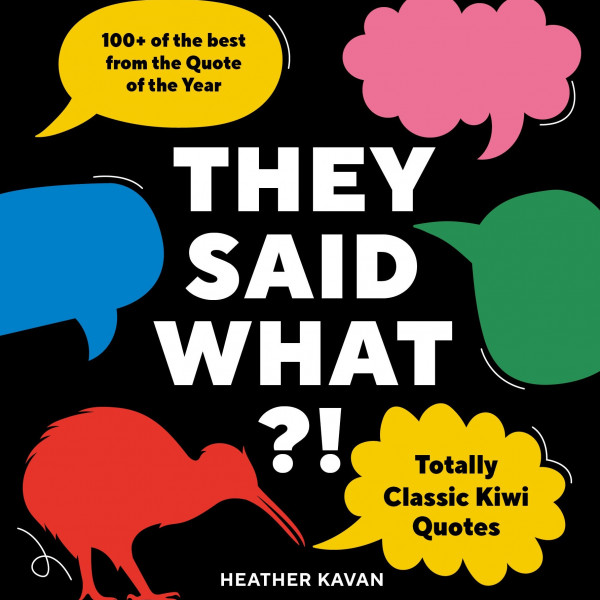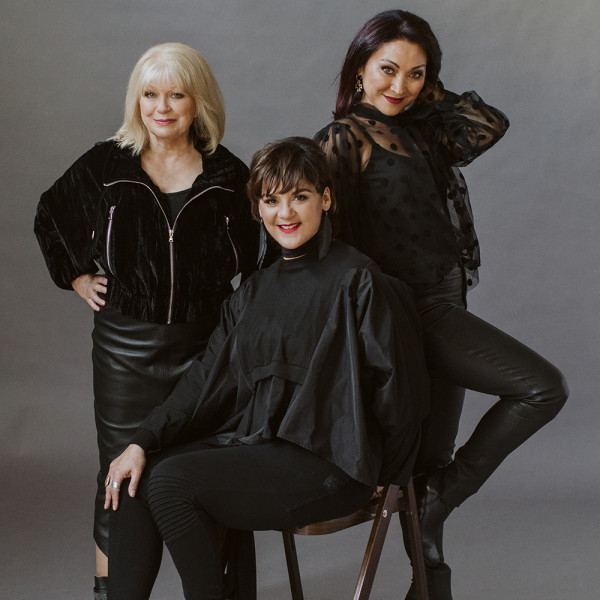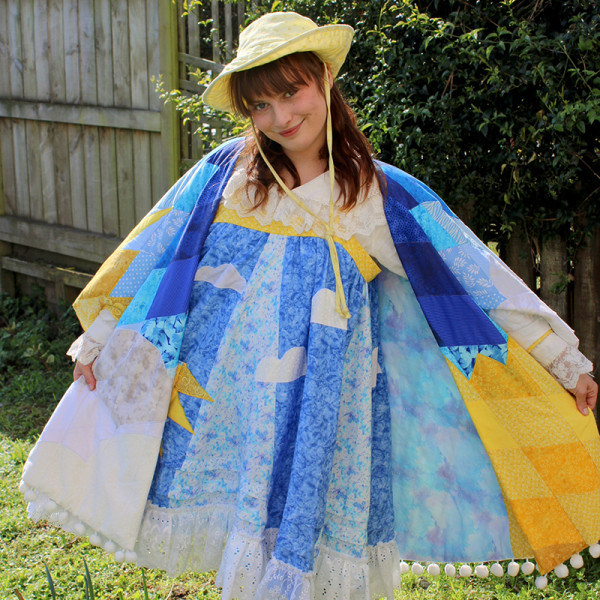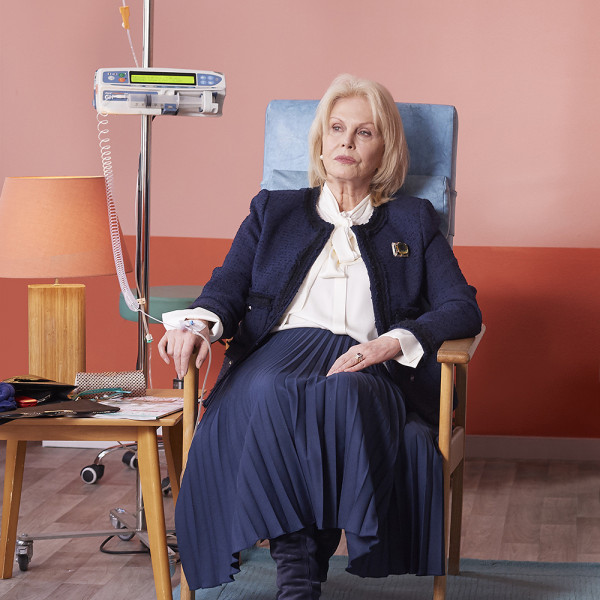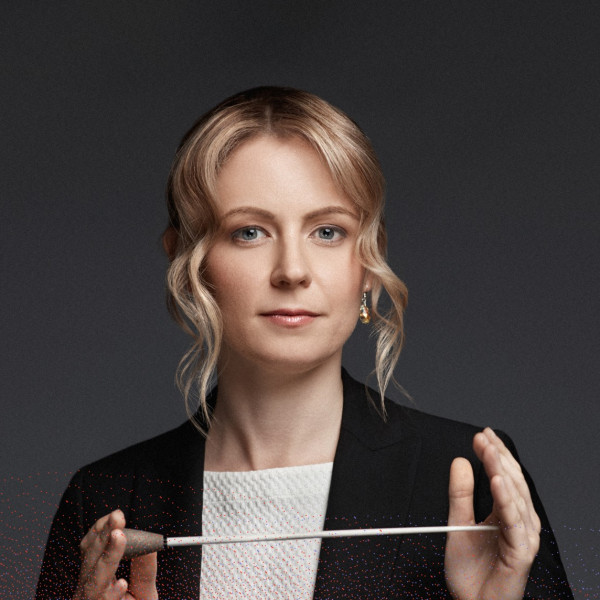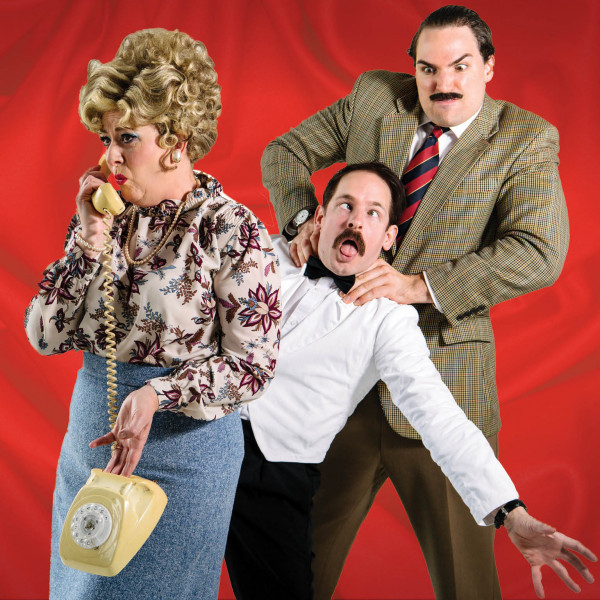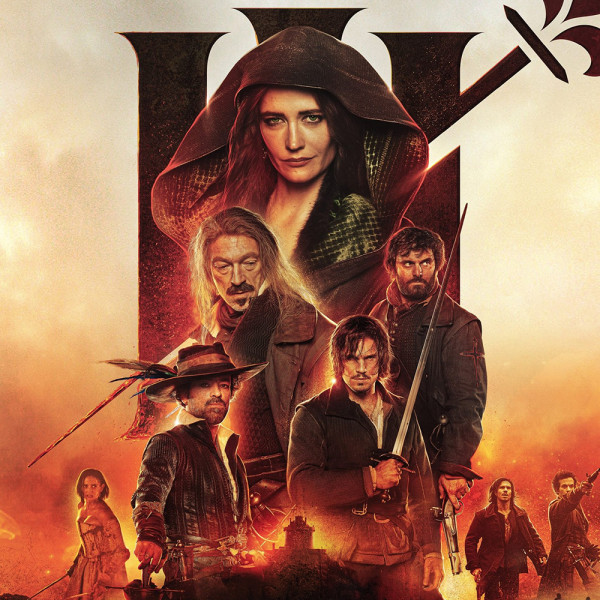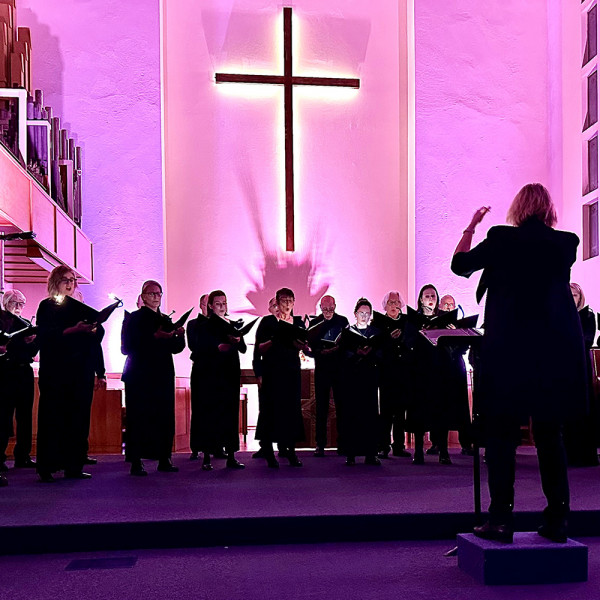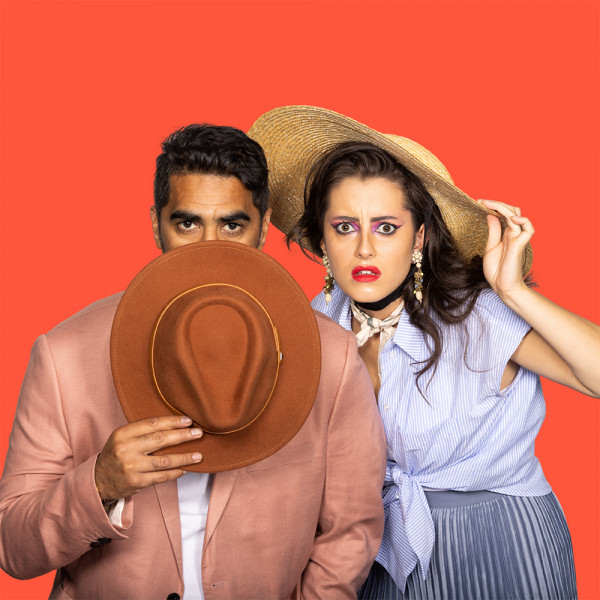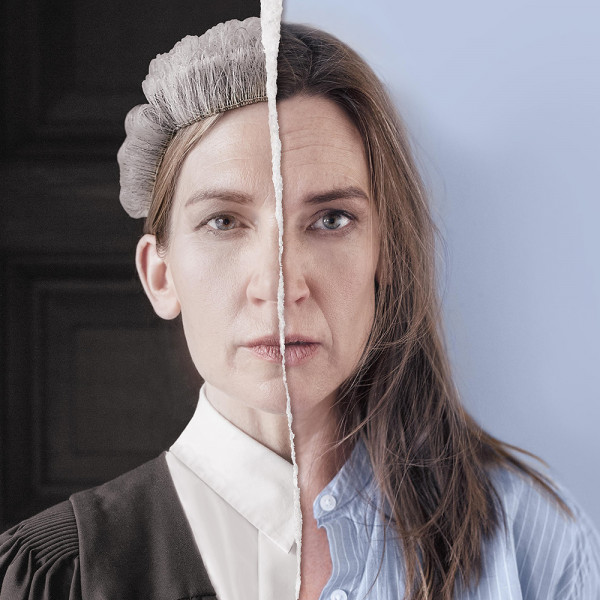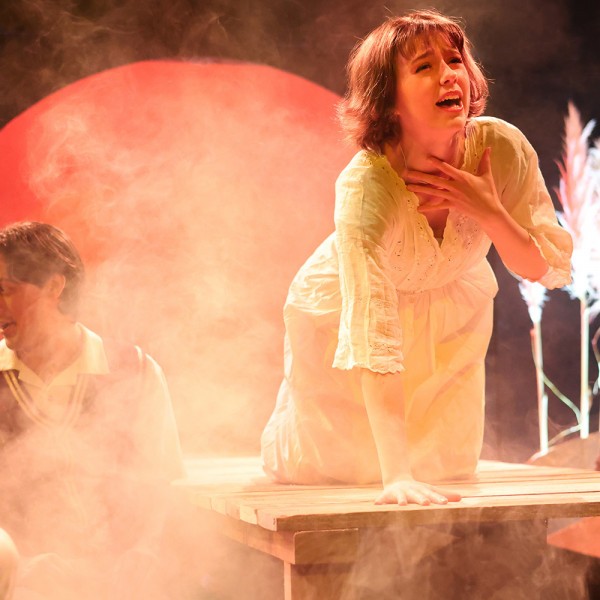Elemental
Presented by: Fly My Pretties
Directed by: Barnaby Weir and Laughton Kora
Massey Great Hall, 18th Oct 2024
Reviewed by: Ruth Corkill
Fly My Pretties are back, with sizzling new talent, new songs, and the same old ethos of collaborative musical magic. Their loyal Pōneke fans were treated to three concerts in the Great Hall of the Dominion Museum Building at Massey University as part of the Wellington Jazz Festival. Even more excitingly for us, these concerts were the recording sessions for Fly My Pretties’ upcoming album Elemental and overflowed with sweet new material.
Elemental is Fly My Pretties’ eighth album and feels resonant with their platinum debut Fly My Pretties Live at Bats. The much-beloved Aotearoa musical collaboration was founded in Wellington in 2004 by Mikee Tucker and The Black Seeds frontman Barnaby Weir, and has championed a plethora of Kiwi musicians over its 20-year history. This latest incarnation features 11 established and emerging Kiwi artists, including the velvet-voiced and grounding presence Aja, firecracker pop sensation Riiki Reid, and the indomitable Taylah.
The featured artists all have independent careers, but came together to write songs for Elemental. The setlist managed to strike a balance between stylistically eclectic and thematically cohesive. This sense of cohesion was enhanced by killer coordinated but individualised outfits in the first set, and fantastic supporting visuals on an enormous screen by Mike Bridgman and Jamie Robertson. Our appetites have been well and truly whetted for the release of the Elemental album and next year’s tour.
But the critical ingredient that made this night one of the best gigs I’ve ever attended was the incredible vibes and sense of whanaungatanga. Barnaby Weir seems to have a talent for that elusive and vital skill of community building. It came through in the way the artists interacted on stage, the time taken to acknowledge the venue and recording equipment provided by Massey University, and the way we were invited to feel part of the album’s production.



